By Vesna Krizmanić, Architect and Founder ARCHINOVA
Not only offices should be safe places, but the ways of getting to them – where the risk of the virus is actually much higher, are even more important
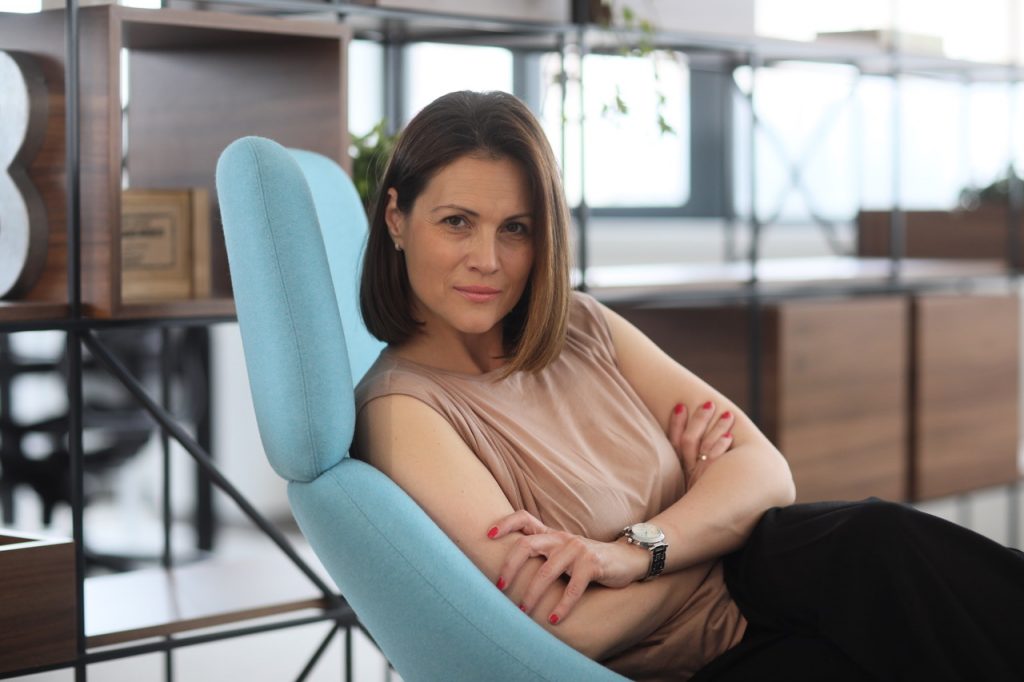
The dynamics of changes in offices follow the dynamics of changes in medicalrecommendations during a pandemic. Can we benefit from that recommendations later on? Can we make office space more healthy and wellbeing place in future? Is maybe density in offices to high?
We do not currently know the dynamics of the spread and behavior of the virus, as well as its long-term consequences or duration. However, taking into account the advice – 2m physical distance, we can make recommendations for dispersion in the offices, but also,we can implement remote work experiences for future office design, focusing on the social role of the workspace. Having in mind that coworking spaces have been developed as social incubators for flexible workers-although for most of their users was possible to do work from home, and fact that personal contact and social interaction give a huge psychological and social benefit to people – the office spaces of the future will be also primarily social and business incubators, even though it seems that a most of the work can be done remotely and virtually.
The pandemic was also a kind of technological catalyst, and it is quite clear that the digital age is creating some new elites and not everyone will be in the same “position” after the pandemic. However, it is also certain that useof digital tools in work will become a daily routine, as different options of flexible working also.
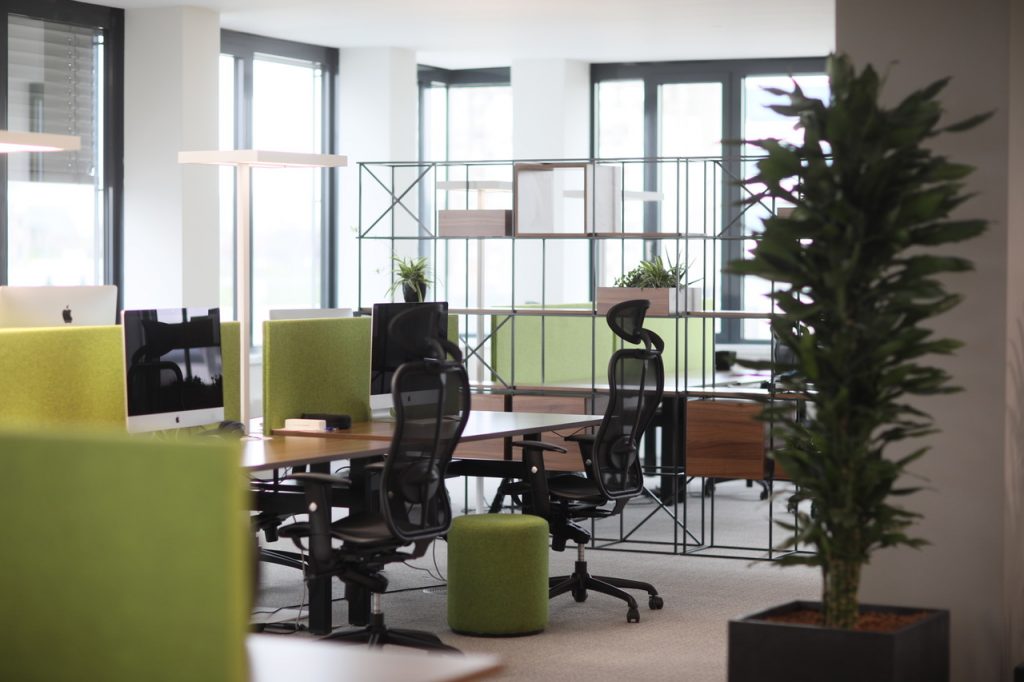
Lower density and higher dispersion – a guidance for temporary office concepts
How to organize workspace temporary? Not only officesshould be safe places,but the ways of getting to them – where the risk of the virus is actually much higher, are even more important. Therefore, it is desirable thatroutes to offices be shorter – ideally, they should be accessible on foot or by bicycle, or at least to be close. A dispersion of locations is proposed — in several smaller hubs that are closer to the employee’s homes, without going to the headquarters of companies with a higher number of people. Companies that are more dispersive developed in multiple locations have an advantage this time around, as the goal is to reduce the number of contacts between people.
In this temporary period, indoor office space can be reorganized: workplaces, communications and meeting-collaboration spaces. Workplaces in open space can be temporary use with diagonal seating,for example: a block of four tables of 160 cm, allows a safe distance of 2m diagonally seating for two, in groups of six tables – three people who are not directly facing each other can use it. By temporarily reducing density and the number of employees staying in the workspace by 50% (6 to 3, or 4 to 2people in the open space block), safe work can be organized in this open space blocks. Reducing seating density can be achieved by reorganization of tables and flexible organization of working hours (shifts, division by weeks, etc.). Bigger problemsare horizontal and vertical communications – those routes should be clean and one way –a scheme of communications should be made, avoiding elevators, enabling separate entrances and exits from the building as much as possible. Each building has its own possibilities of transformation and it is necessary to make temporary schemes, which will hopefully be short-term.
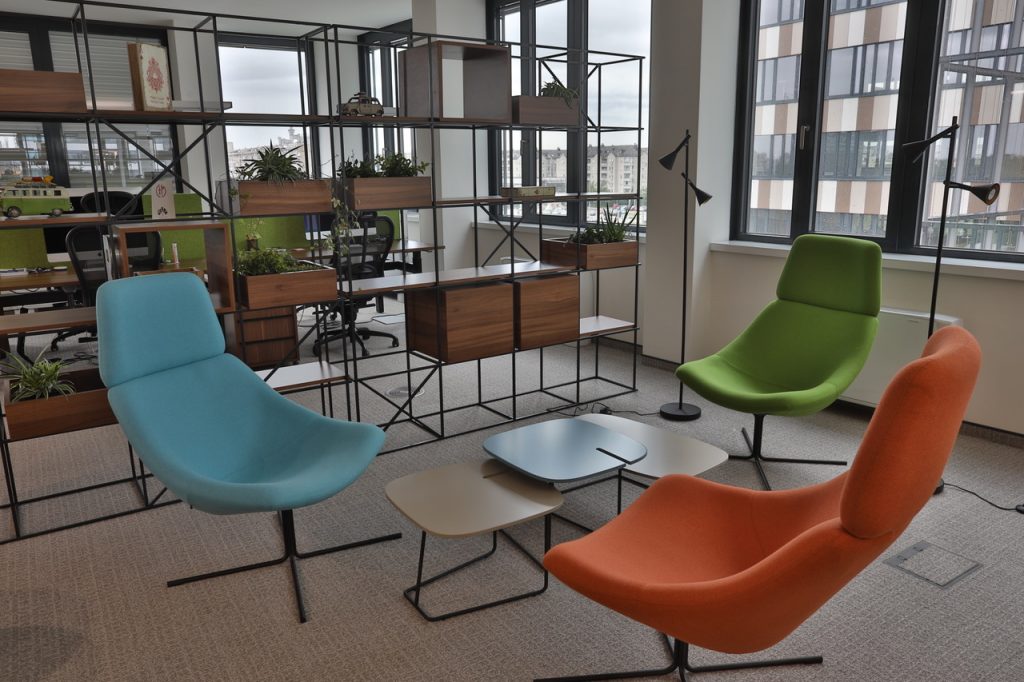
Collaborative and common spaces in this transition period will have to accommodate less people with much bigger application of hygiene measures, or to become places for virtual collaboration or new workplaces, while facility management teams should provide hygienic procedures for the use of all common spaces (halls, toiletsetc.).
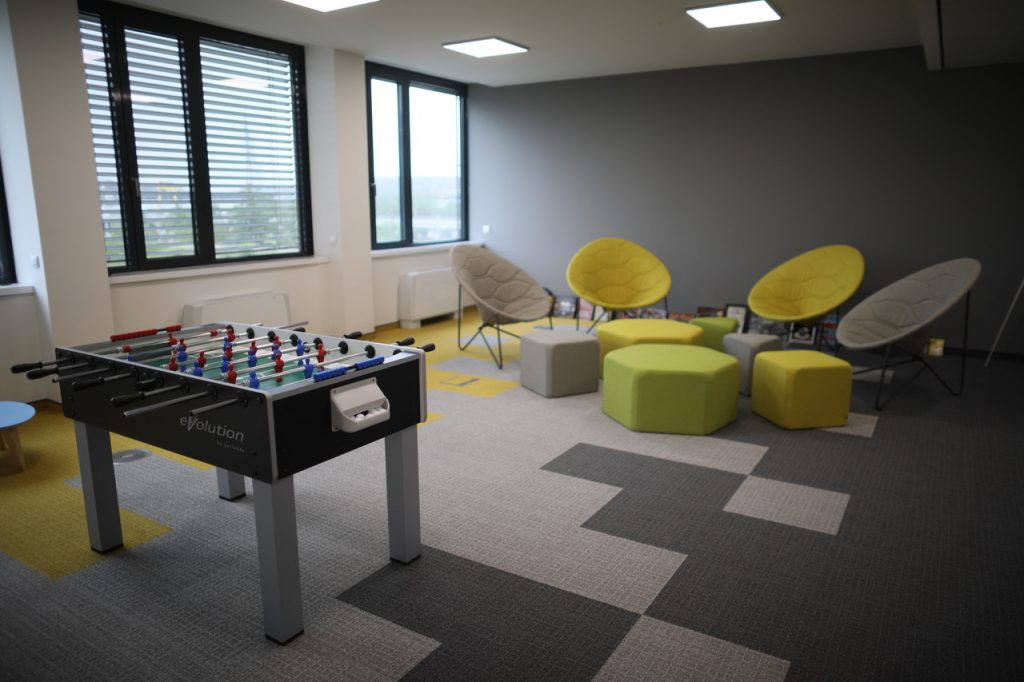
The most important measures in this transition period that will be continued in future also, arefrom the sector of hygiene and maintenance – according to medical recommendations, internal procedures should be made in order to make the workspace as safe as possible.
Future offices – new office culture
FUTURE OFFICE AS SOCIAL INCUBATOR, HEALTHY AND WELLBEING PLACE
The office of the future should be focused on creation ofplace as the catalyst for health and wellbeing, not temporary but as longterm goal. People should feel safe and secure at work. Wellbeing at work was important both before and will be after the virus even more, now implementation can only be accelerated. Outdoor space is very important in future planning – providing landscaped outdoor spaces (green roof terraces are one of the solutions) that employees can use for work and for a break. Raising hygiene standards, using materials that are easier to clean, clean desk policy (leaving an empty table after work so that it can be disinfected) are just some of the recommendations.
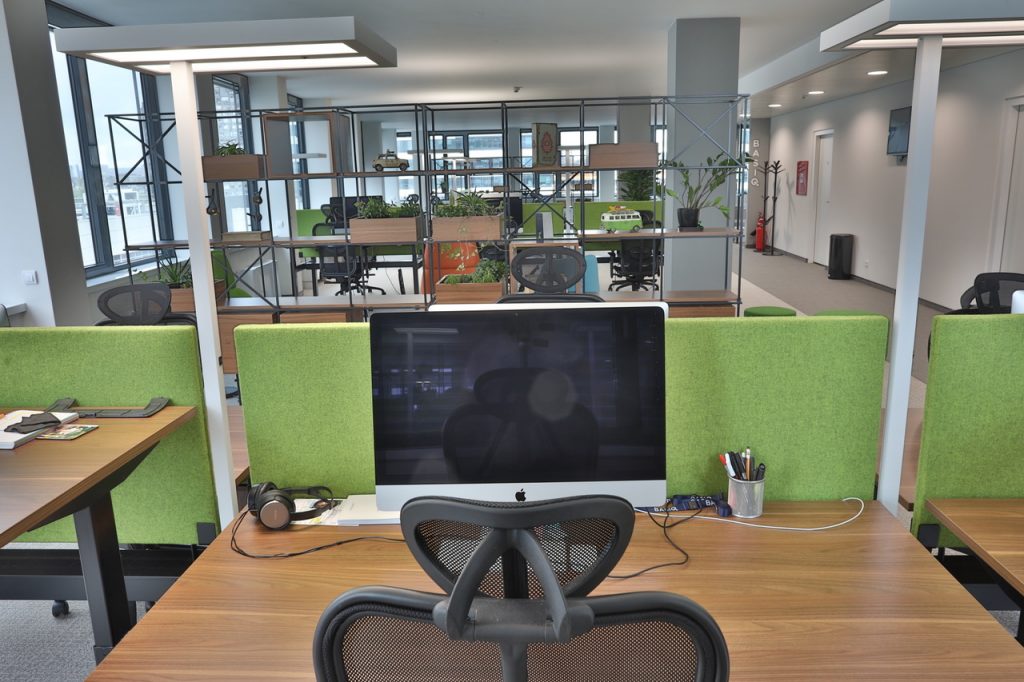
The territory of work becomes less important and flexible, and office space is still crucial social place that points outthe value systems of the company, communication and collaboration. Office is a representation of the cultural values of company, and will develop in that direction, with all the transformed forms that will follow.The implementation of new technologies and social connectivity is crucial, and the planning of the future office should provide values that even more attract employees, but at the same time people will have the opportunity to improve work-life balance implementing some form of flexible work.